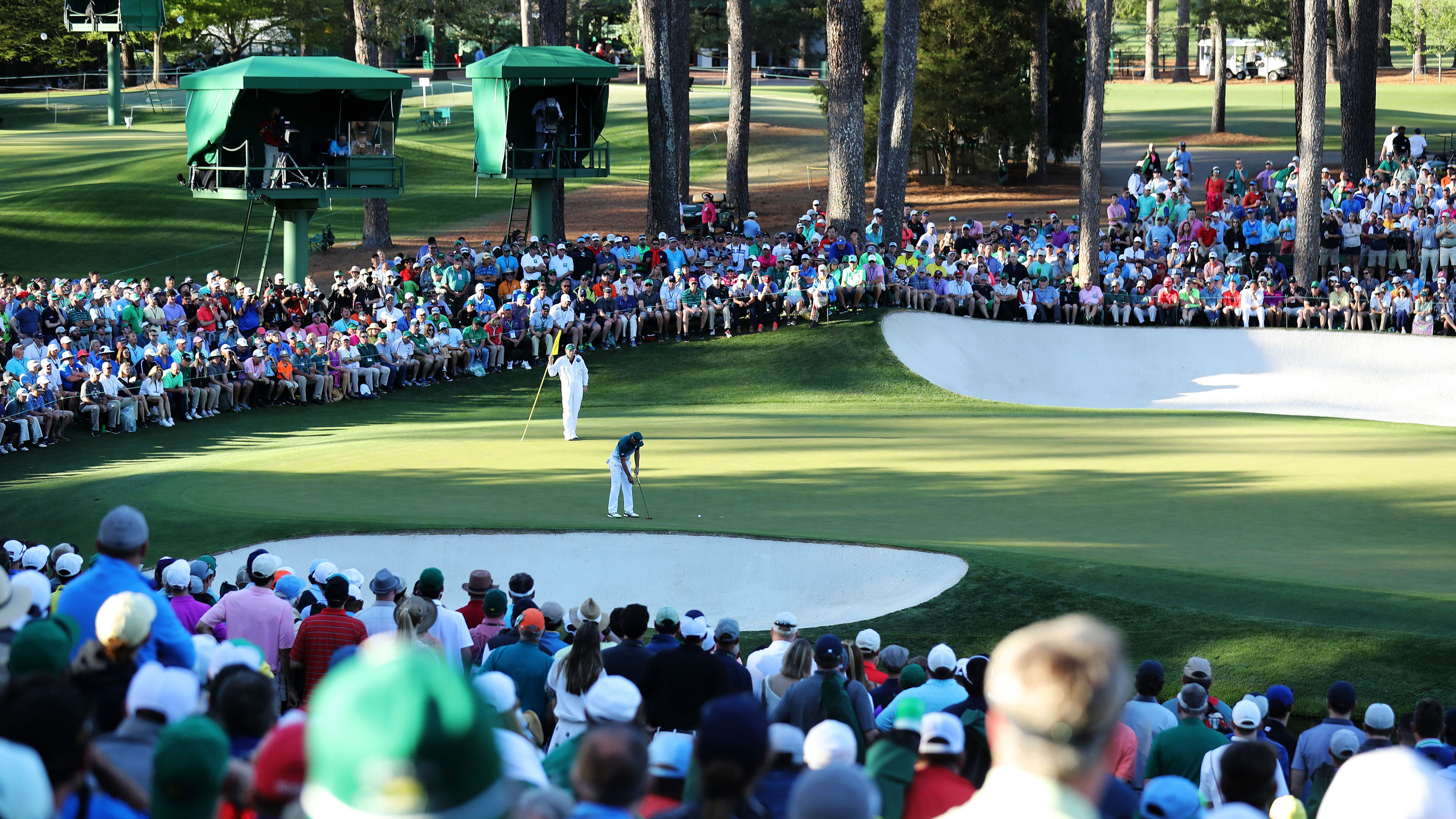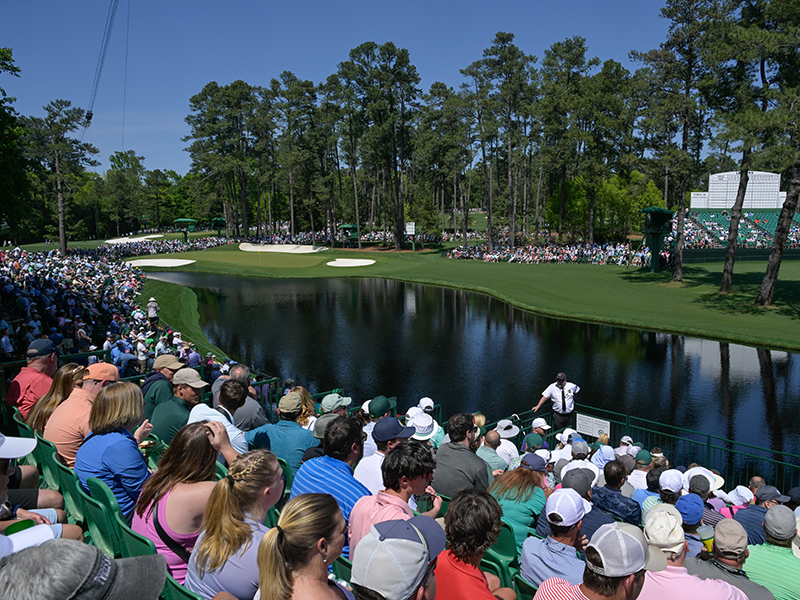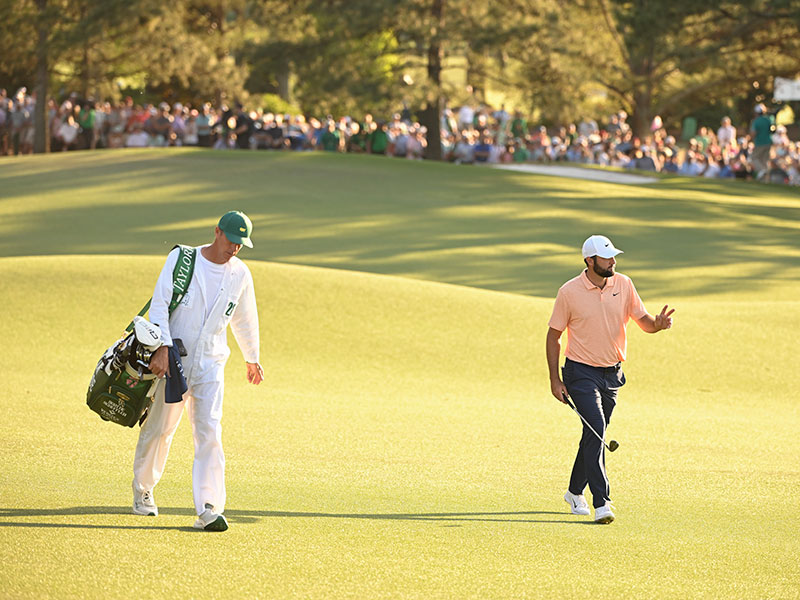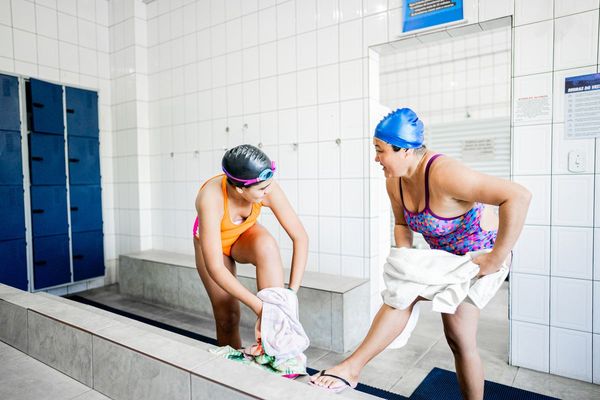
Ask everyone in the Golf Monthly office and they’ll tell you they’re fed up to the back teeth of me talking about the final three holes at Augusta National.
To be clear, The Masters is my favourite event of the year and it’s as close to perfect as a golf tournament can be. However, perfection doesn’t exist and there are ways to improve everything, including the year’s first Major Championship.
Something that’s been gnawing away at me for the last few years is the final stretch, and particularly the final-round pin-positions on 16 and 18. I also think the 17th is nowhere near good enough to be the penultimate hole on arguably the best golf course in the world.
The 16th
But anyway, this article is about final-round pin positions. It’s been a real bug bear of mine for as long as I can remember that the Sunday pin on 16 is where it is.
Putting it on the low side of the slope near the bunker means there’s potential for birdies and even holes-in-one, but I personally don’t care if we see aces and I don’t want plenty of birdies. I want someone to hit a brilliant shot to be in with a birdie chance.
As it stands, players can hit a 7- or even 8-iron to a pretty generous area that stretches from the right edge of the bunker on the left of the green to the ridge bisecting it. I’d estimate it’s at least 30ft wide. That quite simply isn’t a difficult shot for the best players in the world.
If the hole were 200-yards long then I wouldn’t have an issue with the Sunday pin position, but it’s 170 yards on the scorecard. On the PGA Tour, the tour average proximity to the hole from 150-175 yards is 29ft 1in. Some 125 players average between 22 and 30ft.
What would I rather see? Someone in 40th making a hole-in-one so the patrons by the green can have a good cheer, or the contenders having to fire at a small shelf to set up a potentially tournament-defining birdie? There’s only one winner.
It’s not as if the back nine at Augusta doesn’t throw up plenty of birdie opportunities. The 10th and 11th are historically two of the most difficult holes, but the 10th isn’t as fierce as it once was. Granted, there’s potential for disaster on 12, but it’s only a 9-iron.
The 13th and 15th offer up eagle opportunities, and while the 14th has a tricky green, most players are only coming in with a wedge. The 17th is a mid-length par 4 and if you get your drive away on 18, it’s a good birdie chance (more on that later).
My colleague Joe Ferguson feels the final-round pin on 16 should be just over the bunker on the front right of the green, but I think it should be on the back right. Make them earn it.

Quiz: can you name every multiple Masters winner?
The 18th
So, what about the 18th? The drive is fantastic to watch, but the Sunday pin lets it down. It’s a similar issue to the 16th hole.
If players find the middle of the fairway, it’s only a 7- or 8-iron to the green. But there’s a backstop behind the pin, and even shots that are slightly off line but the right distance end up leaving a flat putt. Simply put, it’s too easy to get the ball close.
There shouldn’t be built in assistance on the final hole of a Major Championship, especially when most players will be hitting a mid- or short-iron for their approach. Similarly, if players find the trees right and have to pitch out, it’s not the hardest up and down in the world.
The 18th is a contoured green and I’d love to see the tournament committee put the Sunday pin on either the back shelf or the middle shelf near the bunker, turning a routine 8-iron to a generous landing area into a 6-iron to a back shelf.
Can someone step up and hit the shot of their life with all the pressure in the world on their shoulders? That’s what I want to watch.

The final-round pins I want to see:
1st - back left
2nd - back right
3rd - front left
4th - back right
5th - back left
6th - back right
7th - back middle
8th - back left
9th - front shelf
10th - front right or back left
11th - front or back left
12th - front right
13th - front right
14th - back middle
15th - front left
16th - back right
17th - front right
18th - back shelf







